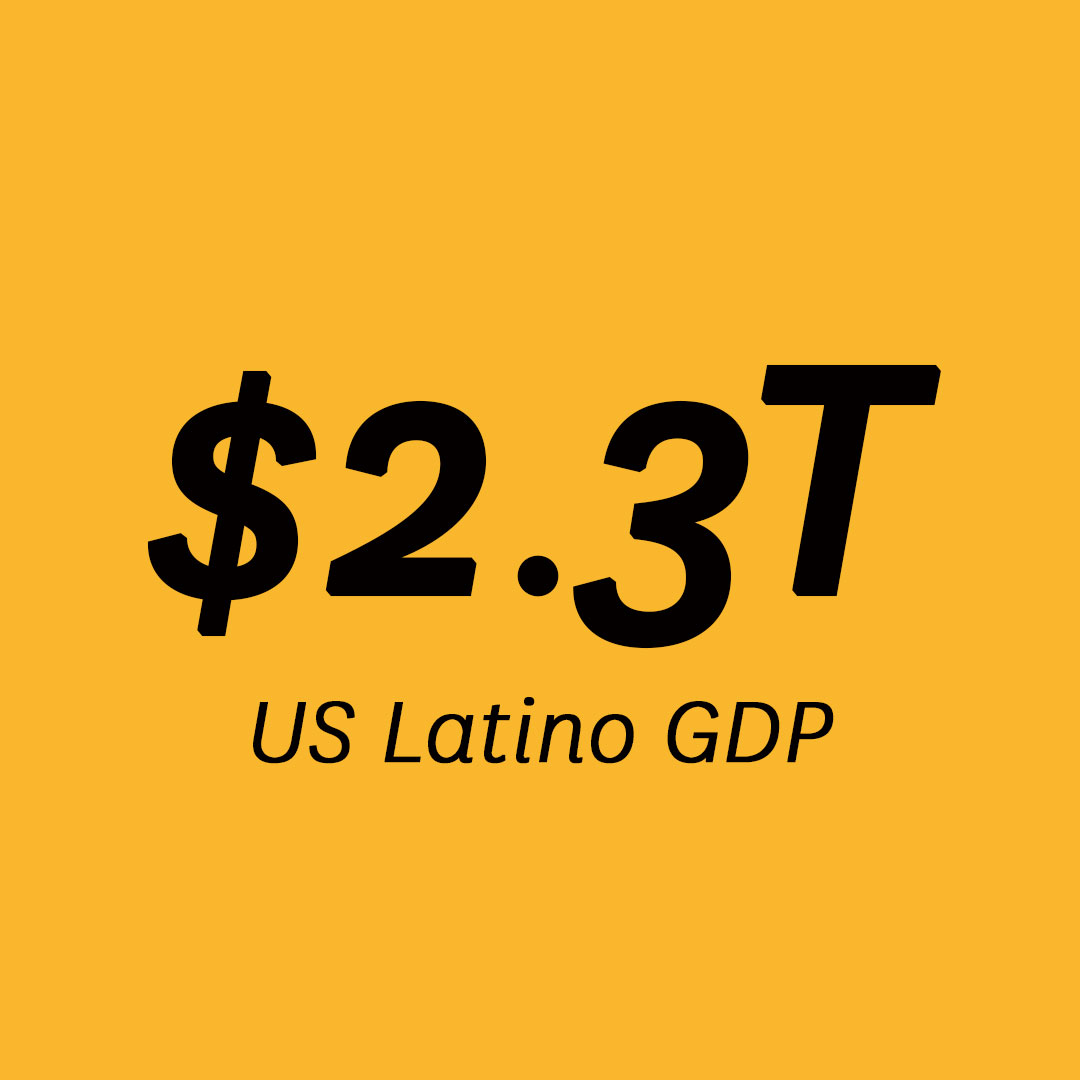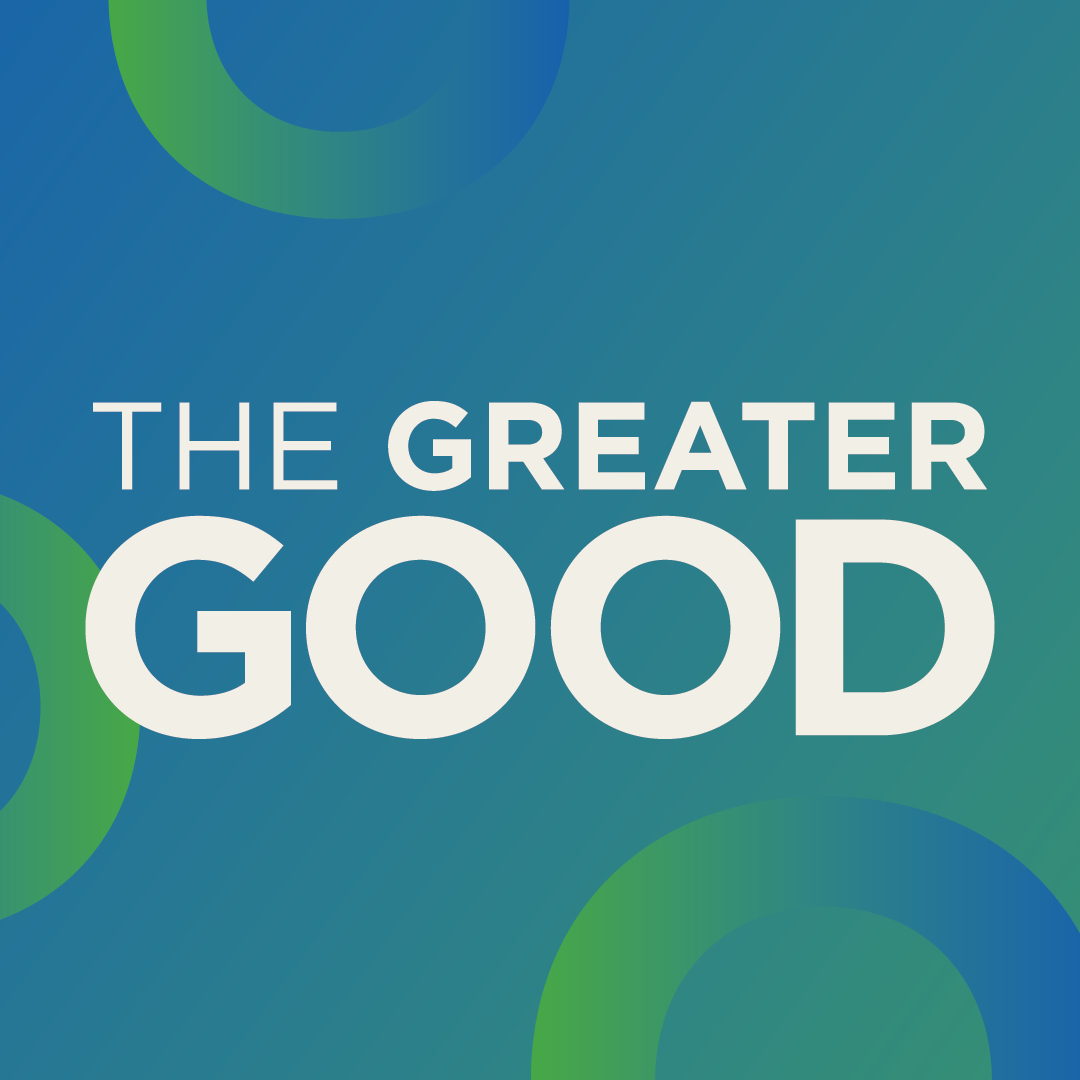|
Getting your Trinity Audio player ready...
|
At the Hispanic Association on Corporate Responsibility (HACR), we work every day to advance Hispanic inclusion in corporate America. As president and CEO of HACR, I’m often asked by companies and Latino professionals how to balance professional commitments with community activities. When companies allow their Latino employees to participate in the community, it has a positive impact—not only for the employees, but also the employer and the overall Latino community.
I can attest to this as one who, for more than twenty-one years on Wall Street prior to joining HACR, balanced my professional work with my deep commitment to the community. As I was increasing my community commitment, I found that it had a positive impact on my professional performance and, ultimately, corporate advancements. And so I coined a phrase which captures my belief in how I balanced my community and corporate energies: “When you succeed, you give back. And when you give back, you succeed.”
When I got the communication from Forbes in 2006 that I was ranked as the number one Wall Street financial analyst in my field, it was one of the biggest achievements in my professional career. What many people didn’t know was that the measuring period of my Wall Street ranking overlapped with the period of my active involvement in Latino public policy organizations and dozens of visits to Washington, DC—including multiple participations to join community leaders to stop the Sensenbrenner Bill from passing Congress when it was introduced in 2005. That bill was the notorious anti-immigrant bill that, had it passed, would have allowed for the felony prosecution of anyone who gives any level of assistance (even a drink of water) to an undocumented immigrant. That bill thankfully failed in 2006, and later that year, I got the news of my ranking from Forbes.
At that time, I was the leader of a national Dominican American organization and just joined the board of directors of LatinoJustice PRLDEF (then known as the Puerto Rican Legal Defense and Education Fund). Over my many years on Wall Street, it was not unusual for me to come into my NYC office at 7:00 a.m., work my tail off until 2:00 p.m., catch a 3:00 p.m. Amtrak train to Washington, DC, in time for evening commitments, take the 10:00 p.m. train back to New Jersey where I lived, and start the day over again, waking up at 4:30 a.m. to be back in my office by 7:00 a.m. It was also not unusual for me to travel to Washington, Trenton, or back home to Bergen County, New Jersey, for community engagements during the day while multitasking on client responsibilities.
My employer at the time was very supportive because it fostered retention at the company and I had built a strong credibility over multiple years that I could accomplish my work commitments and grow my Wall Street visibility and clients while simultaneously supporting immigrant, community, and civil rights issues—most recently my deep involvement in the ultimate passage of the New Jersey DREAM Act into law in 2013, just a few months before joining HACR in 2014.
This also led to a level of visibility that included multiple corporate advisory boards, additional national nonprofit board appointments, and a direct appointment by President Barack Obama to the National Museum of the American Latino Commission to make the case to Congress for the creation of a new Smithsonian American Latino Museum on the National Mall.
My experience through these years proved that professional success and giving back are linked together in a full-circle mind-set. As I succeeded professionally, I gave back to my community and the causes about which I was passionate. And when I gave back, it furthered my professional and personal success.

The Business Benefits of Giving Back
Are there benefits to both the employees and employers—and ultimately the Latino community?
And can this help lead to future appointments to corporate boards or prominent national nonprofit boards?
The answer is: YES to all.
To companies, the benefits of allowing Latino employees—from the front line to the C-suite—to actively participate in community causes or organizations are the following:
- Employees who actively engage in the community are more likely to stay at your company even if there is a better opportunity elsewhere. This means less employee turnover, greater work productivity, better business performance, and a stronger corporate brand as the employee becomes an external ambassador for the company.
- Employees perform better and more efficiently in the workplace when they have a balance of community and corporate commitments. It’s like the old saying, “If you want something done, find someone who is busy and ask if they can do it”—meaning that employees with limited time know how to manage tasks better than those with a lot of free time.
- Employees can bring those community connections into the company through employee resource groups, corporate diversity councils, multicultural marketing, diversity-focused hiring strategies, and corporate culture that adapts to the growing population and economic influence of the US Latino community.
To midcareer Latino employees, the benefits of balancing corporate and community commitments include the following:
- You’re presented with opportunities to join nonprofit boards that align to your values, whether they’re local, regional, or national organizations.
- Your employer may financially support your community activities by sponsoring the organizations that are connected you.
- If you combine your external activities with your participation in your company’s employee resource group, it could accelerate your visibility inside the company, which could potentially help advance your career.
To high-ranking Latino executives, the benefits of being active in the community include the following:
- You may have access to greater financial support from your company’s foundation, especially if it’s for a prominent nonprofit board appointment such as the boards of museums, hospitals, scholarship foundations, colleges (especially private colleges), nationally-renowned organizations, etc. With your participation on higher-profile (and thus higher financial give-get) nonprofit organizations, you have a better chance of getting nominated to a future corporate board or a corporate advisory board.
- If your executive role requires frequent relocations, your company’s foundation may help ease the transition by supporting your nonprofit board appointments in the new city of your job relocation, especially organizations with an existing relationship with the company.
- You become a visible role model of corporate success to employees who aspire to reach your level of success as measured by your professional and community accomplishments.
- You may experience a greater sense of commitment to succeed in your professional position since doing so would build credibility with your employer to allow you to participate in community organizations, without worry that it will adversely impact your work productivity.
“My experience proves that professional success and giving back are linked together in a full-circle mind-set.”
I very much believe that when you succeed, you give back and when you give back, you succeed. This is not only a recipe for companies to support their Latino talent in their involvement in the community, it is a win for Latino employees and executives who are given the flexibility to perform successfully in their professional careers while supporting Latino causes as they rise up the corporate ladder at their companies.
In the end, we all succeed when our Latino community is empowered. When we have a large number of Latino executive leaders in corporate America, it ultimately leads to a stronger community with more corporate volunteering, philanthropy, CSR performance, greater branding, and better business performance compared to companies that do not allow the same level of corporate-community engagements by their Latino employees. All in all, advancing Hispanic inclusion in corporate America, which is the mission of HACR, can lead to great benefits.
As you think about increasing your external and community participation, remember that when you succeed, you give back. And when you give back, you succeed!
Related Links
Guillermo Diaz to Top 10 Líderes: “Leverage your platform to inspire your purpose.”
Liliana Gil Valletta to Leading Latinas: “We must push and pull each other up.”

